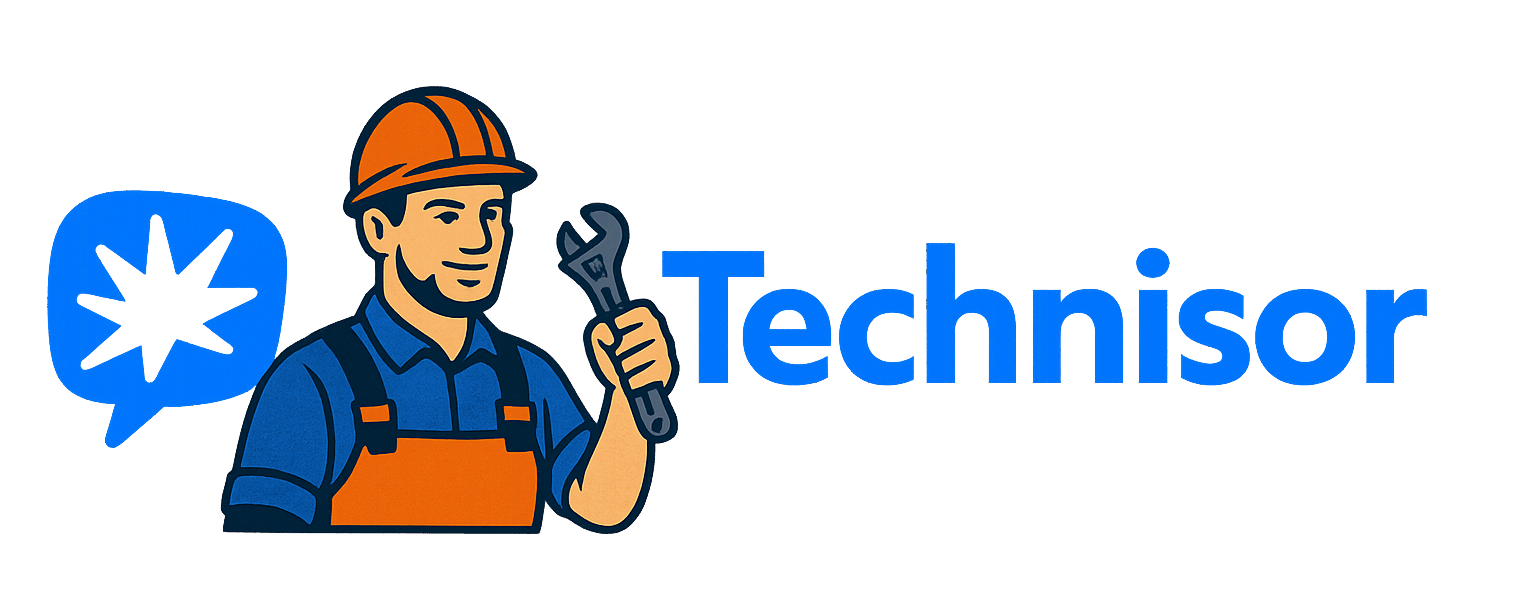How to find government or student loans
Education is one of the best investments you can make — but it often comes with a high cost.
In Canada, thousands of students rely on government-backed student loans and grants to make their studies possible.
Whether you’re starting college, pursuing graduate school, or returning to study later in life, understanding how to find and apply for these loans can save you stress, time, and money.
🇨🇦 What Are Government Student Loans?
Government student loans in Canada are financial aids provided by the federal and provincial governments to help pay for tuition, books, and living expenses.
They are part of the Canada Student Financial Assistance Program (CSFA), managed jointly between the federal government and your province or territory.
This means you apply once, and your application is automatically assessed for both federal and provincial loans or grants.
Main benefits:
- No interest while you study full-time.
- Flexible repayment plans after graduation.
- Access to grants (non-repayable aid) if you qualify financially.
The managing agency for all federal loans is the National Student Loans Service Centre (NSLSC) — where you can track your loan, see payment schedules, and manage your account online.
🧭 How to Apply for Government or Student Loans
Applying is simple if you know where to start. Each province has its own portal that connects to the federal system.
Step-by-step:
- Go to your province’s student aid website
(e.g., StudentAid BC, OSAP Ontario, StudentAid Alberta). - Create an online profile and fill in your financial details.
- Submit required documents — proof of enrolment, ID, and banking info.
- Your application is automatically considered for Canada Student Loan and any provincial loan or grant.
- Once approved, funds are sent directly to your school or your bank account.
The federal portal can be found at canada.ca/student-loans.
📋 Eligibility and Requirements
To qualify for a government or student loan in Canada, you must:
- Be a Canadian citizen, permanent resident, or protected person.
- Be enrolled in an eligible post-secondary institution (full- or part-time).
- Demonstrate financial need based on income and living situation.
- Maintain satisfactory academic progress.
Even part-time students can access funding through specific provincial programmes.
💰 Grants vs Loans
Understanding the difference is key:
- Grants: Money you don’t need to repay. These are based on financial need or special circumstances (e.g., disabilities, dependants).
- Loans: Funds you must repay after finishing your studies, but with flexible repayment and often zero interest while studying.
Combining both ensures that you borrow only what’s necessary and keep future debt manageable.
🧮 Managing and Repaying Your Loan
After graduation, your federal and provincial loans are consolidated through the NSLSC.
You have a six-month grace period before repayment starts, and you can choose:
- Fixed or variable interest rate (federal loans are currently interest-free).
- Automatic payments or manual instalments.
- Payment assistance if you’re struggling financially.
You can log in to your account at csnpe-nslsc.canada.ca.
🔗 Useful Portals and Contacts
| Region / Service | Portal | Contact |
|---|---|---|
| Federal (NSLSC) | nslsc.ca | 1-888-815-4514 |
| Ontario (OSAP) | osap.gov.on.ca | 1-877-672-7411 |
| Alberta | studentaid.alberta.ca | 1-855-606-2096 |
| British Columbia | studentaidbc.ca | 1-800-561-1818 |
| Federal info | canada.ca/student-loans | — |
🧠 Smart Tips Before Applying
- Apply early — funds are limited, and deadlines vary by province.
- Double-check all documents to prevent delays.
- Explore grants first, since they don’t need repayment.
- Avoid private lenders until you’ve explored all government options.
- Keep copies of all application and payment records.
❓ FAQ — Government and Student Loans in Canada
1. Can international students get government loans in Canada?
No. These programmes are for Canadian citizens, permanent residents, or protected persons. However, some schools and private lenders offer separate financing.
2. Are government loans interest-free?
Yes, all federal student loans have no interest since April 2023. Some provinces also offer interest-free options while you study.
3. Can I apply for both grants and loans at once?
Yes. The single online application automatically checks if you qualify for both.
4. What happens if I can’t make repayments?
You can apply for Repayment Assistance, which temporarily lowers or pauses payments until your income increases.
5. Where can I track my student loan balance?
You can log in to your NSLSC account to check balances, view payment history, and manage all government-backed loans in one place.
